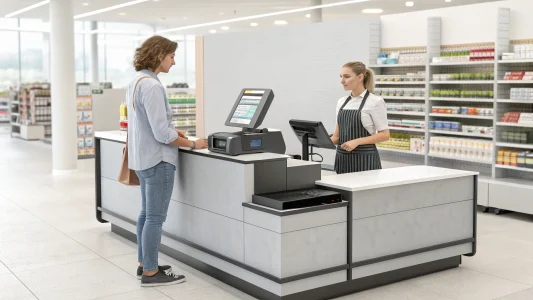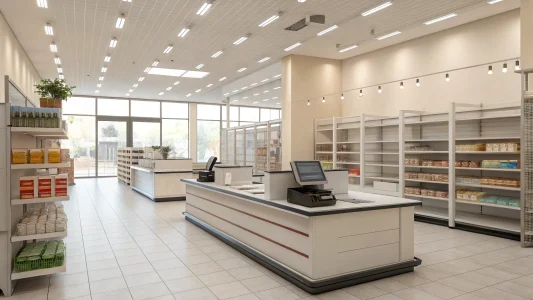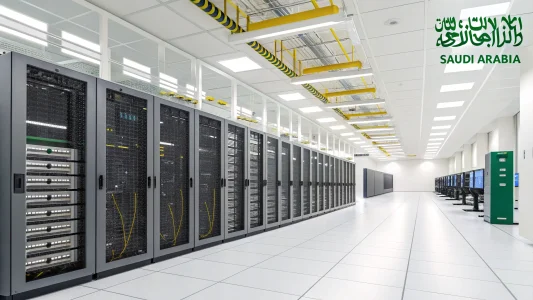Cards decline, wires drag on for days, and fees chip away at every invoice. For many businesses, the most challenging part of working with global customers is getting paid. Crypto entered the picture as a direct alternative rather than a talking point. Merchants that accept digital assets through NOWPayments want to lessen the hassle of everyday payments and reach customers across borders more reliably. For companies that sit between countries and currencies, that shift may decide which markets they can realistically serve.
Table of Contents
ToggleWhere Crypto Fits Into Daily Operations
The idea sounds technical, but the need behind it is simple: some customers find it hard to pay with traditional methods. A buyer in one country might face strict card rules, while a freelancer in another prefers to work entirely with digital assets. Platforms see users drop off at checkout when payments fail for reasons unrelated to product interest.
Blockchains like Bitcoin, Ethereum, TRON, and Polygon enable fast value transfers between wallets. Stablecoins like USDT and USDC track familiar currencies while staying on-chain, which may help companies avoid some of the volatility that worried them in earlier cycles. On their own, though, these networks can feel like separate systems. When they appear as an option on a payment page, they start to work more like plumbing than a novelty.
Building Around Choice and Control
NOWPayments was built for merchants who wanted that kind of infrastructure without giving up control. Some businesses wish to receive funds directly into wallets they manage. Others prefer a more hands-off setup, where the platform holds a balance, handles conversations, and supports payouts. The service offers both custodial and non-custodial models, so teams can choose the one that best fits their risk tolerance and workflow.
Connections come through plugins, APIs, and billing tools that attach to existing sites and platforms. A subscription service can set up recurring invoices, or a marketplace can create automatic payouts to creators or partners. Settlement usually takes a few minutes, which may help with cash flow and reconciliations. Fees are posted up front, with deposit fees starting at 0.5% and mass payouts available at 0%. That way, finance teams can pencil out costs before they switch anything on.
One Gateway for Hundreds of Assets
Crypto payments also come with a different challenge: there’s no single coin that fits every community. A gaming audience might gravitate toward a network token, while a broader customer base leans on Bitcoin or large stablecoins. Keeping all of that aligned with one set of books can be difficult.
NOWPayments supports over 300 cryptocurrencies, including major stablecoins. A merchant can accept a wide range of assets at checkout and still decide to settle in a narrower group that fits their accounting rules. That can mean accepting payments in multiple tokens while converting receipts into USDT or another reference asset in the background. Customers use what they already hold, while companies see revenue in forms that make sense for planning and reporting.
What Happens When Friction Drops
The experience of Adwa, a digital platform serving users across multiple regions, shows what this can look like. Before adopting crypto payments, the company encountered familiar limitations. Traditional processors didn’t cover every country on their map, settlement often took days, and high fees cut into thin margins. Chargebacks and blocked payments added more uncertainty to revenue forecasts and support workloads.
After integrating NOWPayments, Adwa could accept digital assets from users in dozens of countries, even where card acceptance remained patchy. Transactions cleared quickly, and the absence of chargebacks simplified month-end reconciliation. Over time, the team saw fewer payment-related tickets and smoother payouts to partners. Crypto didn’t replace every previous method, but it gave the company another route in places where other options kept failing.
Preparing for the Next Phase of Use
As digital assets become more common in commerce, merchants’ expectations continue to expand. They want more than a single token icon added to a checkout page. They look for reporting dashboards, accounting integrations, and payout automation that fit the rest of their stack.
NOWPayments is responding by strengthening its infrastructure, building tools for scheduled payouts, and refining its interfaces so teams can view activity in a single view rather than toggling between multiple systems.
Security and compliance are a part of that work as well. Monitoring transactions, following regional rules, and protecting merchant data form a hidden layer beneath each payment screen. Shoppers rarely notice these efforts, yet they often shape whether a business is willing to try payment tools. When companies feel confident that these bases are covered, they’re more likely to let crypto sit alongside cards and bank transfers rather than treat it as an experiment.
Why This Infrastructure Has People Listening
For most merchants, crypto isn’t an abstract debate. It’s a possible solution to specific problems such as failed cards, slow cross-border revenue, or charges that erode profits on low-margin products. Through NOWPayments, they gain another payment rail alongside cards and bank transfers, with room to adjust as customer habits and markets change.
At the same time, stablecoins and multi-network support give companies a way to blend speed with familiar accounting. Value can move along crypto rails in minutes, then sit in forms that match existing reporting and risk rules. As more teams look for ways to reach customers in different regions, that mix of options and control could matter as much as the technology itself.
In the background of all of this is a simple aim. The company wants crypto payments to feel ordinary: another button on a checkout page, an added line in a revenue report, and an additional route for a customer paying from halfway around the world.
For businesses juggling global ambitions with everyday pressures, that kind of steady, behind-the-scenes support may be what finally makes getting paid feel less like a hurdle.
Featured Image Credit: RDNE Stock project; Pexels; Thanks!
















